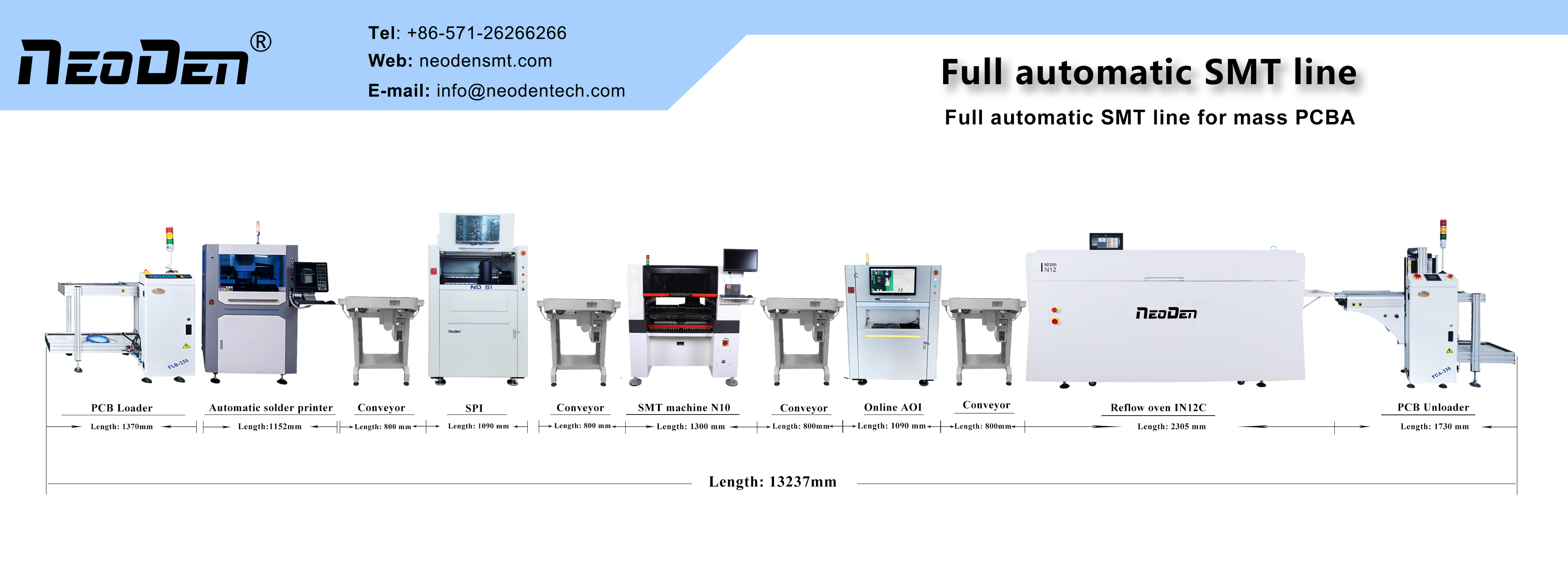5. Delamination
Delamination or poor bonding refers to the separation between the plastic sealer and its adjacent material interface. Delamination can occur in any area of a molded microelectronic device; it can also occur during the encapsulation process, post-encapsulation manufacturing phase, or during the device use phase.
Poor bonding interfaces resulting from the encapsulation process are a major factor in delamination. Interface voids, surface contamination during encapsulation, and incomplete curing can all lead to poor bonding. Other influencing factors include shrinkage stress and warpage during curing and cooling. Mismatch of CTE between the plastic sealer and adjacent materials during cooling can also lead to thermal-mechanical stresses, which can result in delamination.
6. Voids
Voids can occur at any stage of the encapsulation process, including transfer molding, filling, potting, and printing of the molding compound into an air environment. Voids can be reduced by minimizing the amount of air, such as evacuation or vacuuming. Vacuum pressures ranging from 1 to 300 Torr (760 Torr for one atmosphere) have been reported to be used.
The filler analysis suggests that it is the contact of the bottom melt front with the chip that causes the flow to be impeded. Part of the melt front flows upward and fills the top of the half die through a large open area at the periphery of the chip. The newly formed melt front and the adsorbed melt front enter the top area of the half die, resulting in blistering.
7. Uneven packaging
Non-uniform package thickness can lead to warpage and delamination. Conventional packaging technologies, such as transfer molding, pressure molding, and infusion packaging technologies, are less likely to produce packaging defects with non-uniform thickness. Wafer-level packaging is particularly susceptible to uneven plastisol thickness due to its process characteristics.
In order to ensure a uniform seal thickness, the wafer carrier should be fixed with minimal tilt to facilitate squeegee mounting. In addition, squeegee position control is required to ensure stable squeegee pressure to obtain a uniform seal thickness.
Heterogeneous or inhomogeneous material composition can result when the filler particles collect in localized areas of the molding compound and form a non-uniform distribution before hardening. Insufficient mixing of the plastic sealer will lead to the occurrence of different quality in the encapsulation and potting process.
8. Raw edge
Burrs are the molded plastic that passes through the parting line and is deposited on the device pins during the molding process.
Insufficient clamping pressure is the main cause of burrs. If the molded material residue on the pins is not removed in time, it will lead to various problems in the assembly stage. For example, inadequate bonding or adhesion in the next packaging stage. Resin leakage is the thinner form of burrs.
9. Foreign particles
In the packaging process, if the packaging material is exposed to contaminated environment, equipment or materials, foreign particles will spread in the package and collect on metal parts within the package (such as IC chips and lead bonding points), leading to corrosion and other subsequent reliability problems.
10. Incomplete curing
Inadequate curing time or low curing temperature can lead to incomplete curing. In addition, slight shifts in the mixing ratio between the two encapsulants will lead to incomplete curing. In order to maximize the properties of the encapsulant, it is important to ensure that the encapsulant is fully cured. In many encapsulation methods, post-curing is allowed to ensure complete cure of the encapsulant. And care must be taken to ensure that the encapsulant ratios are accurately proportioned.
Post time: Feb-15-2023

